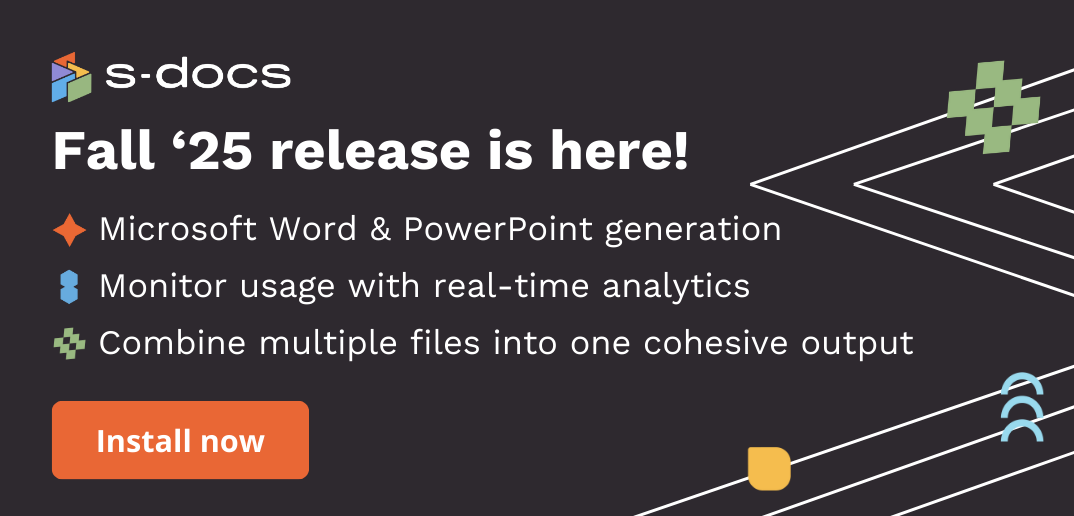Background
When Portsmouth Quality Flooring (PQF) changed hands four years ago, the business accelerated its growth. In that short time, the New England-based flooring company grew from $4 million to $24 million in annual revenue, expanding into residential, builder, and commercial markets.
This kind of growth requires systems that scale. That’s why Director of Administration Marc Lundgren spearheaded a year-long Enterprise Resource Planning (ERP) transformation, integrating HubSpot, DealHub, QuickBooks Online, and Zuper into a modular platform that streamlined their core business processes.
However, six weeks before launch, Lungren realized a critical gap in their ERP capabilities.
The Challenge
The team could no longer generate PDFs directly from HubSpot like they used to in their old system. The business had to either give everyone access to DealHub, which was intended for the sales team only, or find an alternative solution quickly. In addition, the purchasing department would have to endure hours of manual Excel template creation for every current and future vendor they worked with. This was unacceptable. Without an easy way to produce accurate, customized documents directly from the system, the business was putting critical workflows across purchasing, operations, and finance at risk.
For Lundgren, this wasn’t just about inefficiency. It was about protecting the launch of the $200K+ ERP system. He knew that morale and adoption could take a serious hit if everyday tasks suddenly became harder.
”While the new system was a good change, we were about to lose a necessary feature that we had always had in the old process. And I knew that if people can’t do the basic tasks they used to do easily, it would take at least six months for me to win them back.”
He also thought of the reputation damage the business may suffer if things moved slowly or documents were sent out with errors or incomplete information:
”It makes us look unprofessional and like we don’t belong in the room if we don’t know how to fill these forms out. We want to show customers we can do things right the first time.”
The Solution
With six weeks to launch, Lundgren was on a mission to find a workable solution. It wasn’t long before he landed on S-Docs and decided this was the right tool for them. S-Docs was not only available in HubSpot, but it was also incredibly adaptable to fit their complex workflows and communication needs between vendors, contractors, and clients.
“We first and foremost needed a PDF generator, but the biggest appeal to me is the live generation and editing capabilities that allow us to be so flexible, which is perfect for our idiosyncratic industry,” explains Lundgren.
The purchasing module was live and active within six weeks of adopting S-Docs. From the start, S-Docs worked side-by-side with PQF to configure templates, refine layouts, and ensure documents met the unique needs of their fast-moving flooring business. The collaboration was responsive and iterative, making adjustments based on real user feedback.
PQF’s unique “primary flooring type” tagging in DealHub was carried over into S-Docs, allowing the team to produce filtered and relevant work orders instantly. “Instead of handing out a six-page order and telling someone to ignore half of it, we give them exactly what they need.”
Another benefit was a marked improvement in handling payments. Certified payroll and labor warranties now come pre-filled with 70% of the required fields, reducing errors and streamlining payment cycles. “Anything that slows down getting paid is bad,” Marc says. “S-Docs reduces errors so that you can remain hyper-focused on the fine details to execute orders properly.”
Results
S-Docs solved the PDF-generation problem. But more importantly, it protected PQF’s investment from a potential adoption crisis.
“I don't know what I would have done if I hadn't found S-Docs six weeks before we were launching the new system,” Marc reflects. “They saved the day on a $210,000 investment in a new operating system, start to finish.”
The impact was immediate and measurable:
- Eliminated hundreds of manual vendor-specific templates
- Enabled filtered work orders by material type, reducing field errors and rework
- Pre-filled 70% of finance documents, accelerating contractor payment cycles
- Improved document accuracy and reduced administrative overhead across teams
- Protected ERP adoption by maintaining critical workflows in HubSpot
In the first six months, PQF has generated 1,385 documents with S-Docs — an average of ~225 per month — and currently has 15–16 active users, representing about one-third of the company.
Scaling Together
The team continually discovers new use cases to support their suppliers, vendors, and subcontractors. When residential builder partners needed retail pricing examples without formal invoices, S-Docs helped create stripped-down templates that protect PQF’s branding while adding value to the relationship. When language barriers exist with subcontractors, PQF can translate notes into their respective languages to prevent confusion.
As PQF continues to scale, finding partners who can scale alongside them is crucial.
“We’re in construction, but we’re in the services business,” Lundgren adds. “Our clients’ needs change all the time, so we need partners who change with us. So, make it easy on yourself and find a flexible solution. S-Docs has helped us with that initial problem, but it has since evolved into many more applications. I’m excited to see where it goes next.”




